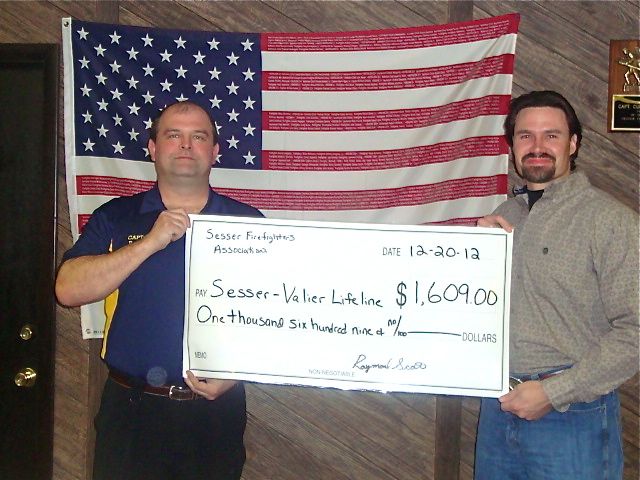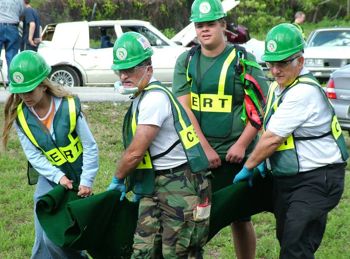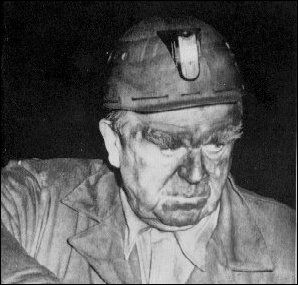STAFF REPORT
Fire destroyed a building Wednesday night at a Sesser business, and quick action by fire fighters kept it from becoming a much bigger problem.
Fire fighters were called to a building at Sesser Concrete Products at about 6 p.m. on Wednesday. A vehicle storage building and two semis parked inside were fully engulfed.
Fuel tanks just outside the building were a concern, but fire fighters were able to keep them from burning.
The fire was extinguished in about an hour. Fire departments from Waltonville, Valier and Christopher assisted Sesser fire fighters at the scene.
The cause of the fire is under investigation.




